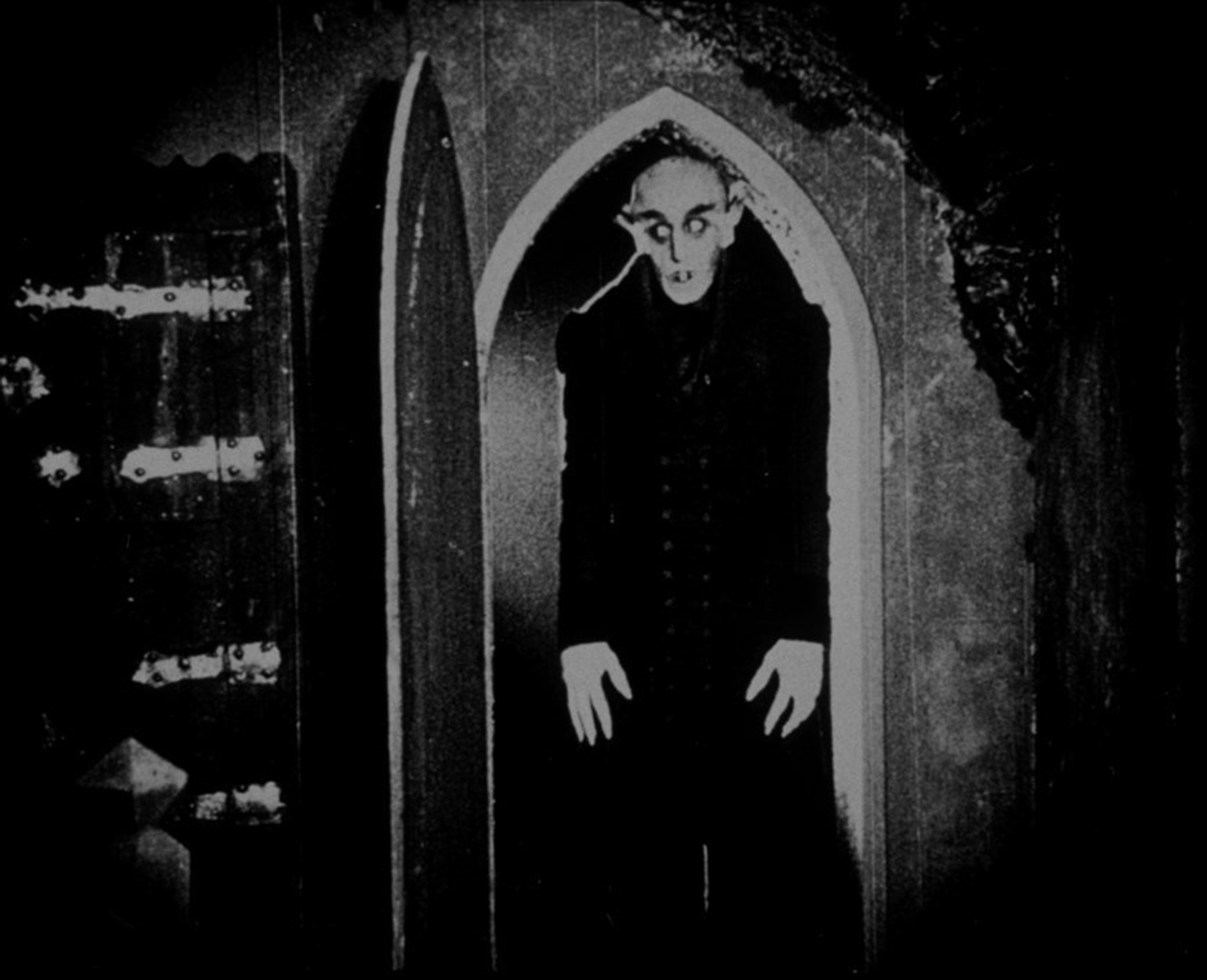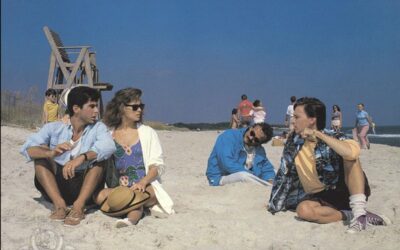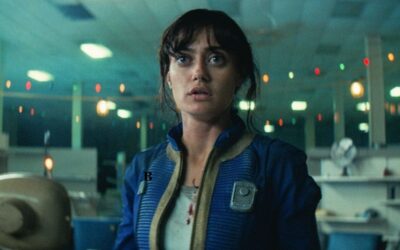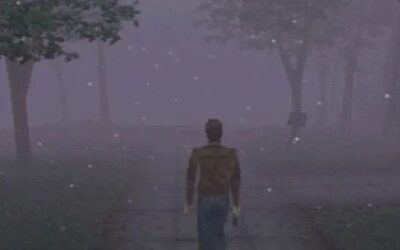By Erica Cawagas
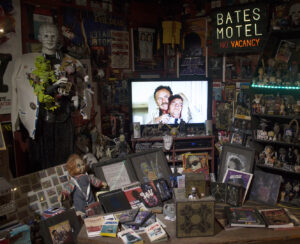
Erica Cawagas
Stories of creatures going bump in the night have been apart of human history since the beginning. While there is no official record of what the first horror movie was, it is widely believed that it was french director Georges Melies’ 1896 short The House of the Devil. This marks the beginning of gothic horror that would prevail until the 1950s.
The 1890s to the 1920s was the era of the silent film. To come out of American cinema were classics such as Frankenstein and Dr. Jekyll and Mr. Hyde but the most monumental movies of the era came from the German expressionist movement. The Cabinet of Dr. Caligari and Nosferatu have both been held in high acclaim as the first movies to push audiences past their comfort levels. The Cabinet of Dr. Caligari was commonly referred to as the premonition of the rise of Adolf Hitler. While Nosferatu was noted as the first (illegal) film adaptation of Bram Stoker’s 1894 Novel Dracula,, it was its use of various effects well beyond its time that marked it as a cinematic masterpiece.
Moving forward, the 1930s was the beginning of ‘talkies’ also known as movies with sound. Universal Studios took this opportunity to release several ‘creature features’. These movies included Dracula, The Werewolf of London, and King Kong. By the 50s the social and scientific development of the cold war changed the way horror movies were made. Movies like Invasion of the Body Snatchers, Godzilla and Them! were successful because its monsters embodied society’s fear of the unknown repercussions of nuclear warfare, as well as the fear of communist invasion.
In the late 1960s, horror movies “became more gritty and visceral” according to Kevin Martin, the owner of one of the last physical video stores in Edmonton.
Martin is an avid horror movie aficionado.
“What was going on in society [like] the Vietnam War and the racial injustices in the US, were reflected in the movies,” said Martin.
With the Vietnam war being the first war to be televised, the movies of its time became equally as violent and brutal. George A. Romero’s Night of the Living Dead not only re-invented zombies but also showed a new level of brutality that would be prevalent in the 1970s. Wes Craven and Sean Cunningham’s Last House on the Left released in 1972 showed “brutal rape” with “nasty killings” and “was a sign of the times of the dystopia that was going on in American culture. Follow that up with The Exorcist and Texas Chainsaw Massacre, “it really just makes you feel dirty and grimy,” says Martin.
The 1980s were the “age of practical effects,” says Martin. Movies like John Carpenter’s The Thing and Canada’s very own David Cronenberg’s The Fly would mark the birth of body horror, the graphic transformation of body dysmorphia.
The 80s also brought the age of slasher movies.
“You had your Jason Voorhees, Michael Myers and Freddy Krueger that in a weird way reflects society’s capitalism and Reaganomics trickle-down effect, by the mass production of sequels such as Halloween 5, Friday the 13th Part VIII and Nightmare on Elm Street 4,” said Martin.
By the beginning of the 90s well-known actors even if they got their start in a horror movie, were embarrassed.
Movies like Silence of the Lambs and Misery that won best picture, best actor, best director and best actress distanced themselves from the horror genre by calling themselves ‘psychological thrillers’. Then, in 1996, a new Wes Craven movie starring Drew Barrymore was released.
“Scream became one of the first horror movies that was a self referential horror movie of the decades that just passed. Unfortunately with every quality movie like Scream, you get five terrible knock-offs,” says Martin.
So once again the popularity of horror movies came to an end.
By the turn of the century, horror movies had more subgenres than ever like, lo-fi storytelling (The Blair Witch Project, Paranormal Activity), Japanese adaptations (The Ring, The Grudge) and torture porn (Saw, Hostel). The only thing that stayed constant was Hollywood’s greed shown through movies like Paranormal Activity 4, The Grudge 3 and Rings the Third in The Rings franchise.
As for the future of horror movies, the fears and injustices that the next generation of filmmakers are witnessing today will inspire the movies of tomorrow.

